The First National Park in India – Jim Corbett National Park is located in the scenic Uttarakhand State – a lush habitat for a variety of fauna such as Asiatic Lion, Elephant, Spotted Deer, Leopard and the famous endangered Bengal Tiger. Encompassing 520 square kilometres of space, the wildlife sanctuary is currently home to over 600 species of flora and fauna. The Jim Corbett National Park is not just a breathtaking wildlife habitat but a ‘Garden of Eden’ housing marvellous grasslands, marshes, ascents and a deciduous forest. It’s the most visited wildlife sanctuary in India.
| Timing | 6:30 AM – 6:00 PM |
| Entrance | INR 200 (Locals) |
| Location/Address | Google Maps |
| Corbett National Park Area | 520 square kilometres |
| Corbett Tiger Reserve Area | 1318 square kilometres |
History of the First National Park in India
The Jim Corbett National Park in India was initially called Hailey National Park when established in 1936. Today a world heritage site, it is regarded as one of the most diverse wildlife sanctuaries in India. This National Park set foot to its most glorified moment as they launched Project Tiger in 1973, which eventually spread out to become a series of Tiger conservation projects across the nation. There were about nine Tiger reserves created following the launch. Project Tiger not only focuses on protecting the Royal Bengal Tigers of India, but also other endangered species wandering around the First National Park in India as well as other National Parks.
How to get to Jim Corbett National Park?
The best way to reach the Jim Corbett National Park is through Ramnagar of Nainital District. The railway station is based only 15 kilometres away from the Jim Corbett National Park. With the city lying in close proximity to major rail lines and roads that connect to Delhi and Bareilly, getting around will not be a hassle for foreign tourists. For those choosing the rail method, Corbett Link Express, Ranikhet Express, or Kathgodam Express offers a direct trip to and from the National Park. Early reservations would promise an experiential journey.
Best time to visit ?
It’s advisable to visit Jim Corbett National Park during the months from November to June when there is minimal rainfall and most parts of the park are accessible. During the monsoon season, the roads within the park tend to deteriorate making certain areas inaccessible by wheels.
Things to do in Jim Corbett National Park
Wildlife enthusiasts and photographers would find Jim Corbett to be one of the most fascinating gems in India. There are so many escapades one can choose to take part in. Firstly, travellers can set out to witness the mammals on land wandering around the territory. The park grounds are famous for Deer, Elephant, Sloth Bear, and Tiger spotting. In addition, the National Park is also home to the Asiatic lion and leopards.
The National Park is separated into different zones – each offering a uniquely spiced up experience. These Tourist Zones are Dhikala Zone, Jhirna Safari Zone, Dhela Safari Zone, Durga Devi Zone, Sitabani Buffer Zone, and Bijrani Safari Zone. A jeep safari would give you ample viewing angles, and some zones would take you as close as possible to the exotic inhabitants of Jim Corbett.
Next, you could join an elephant safari in Dikala and Birjani Zones. An elephant safari would typically take you through the valleys and forests of the National Park. In addition, you may also come across marshland reptile species such as crocodiles as well as a semi-aerial view of the Park itself.
Bird watching is also a famous activity here in Jim Corbett. Inviting over 650 species of migratory birds, the First National Park of India is an annual vacation zone for birds coming from as far as Siberia.
If you regard spirituality, you may find the Garjia Temple on the outskirts of the National Park fascinating. Visitors usually purify themselves in the Kosi River before entering the holy shrine.
Located few kilometres into the habitat, travellers would come across an untrodden pathway that leads to the splendid Corbett waterfall. The waters are believed to be occupied by snakes and crocodiles, hence it’s advised for travellers to watch from a safe distance. Apart from sightseeing, travellers can also enjoy fishing, mountain biking, trekking, rafting and many other activities within the Corbett National Park.
If you’re a hardcore adventurer, you may opt for a night of camping. Campers are allowed to light a bonfire for the warmth, and they can enjoy a truly Asiatic jungle experience beneath the starry night sky and the distant howls of the wild.
When it comes to food, there are multiple restaurants and eateries offering fusion delicacies of all cuisines. Places such as Barbeque Bay, Mudhouse under Mangoes, Village Vatika and the Grill Treat are a few of the spots where you can find decent meals for an affordable price.
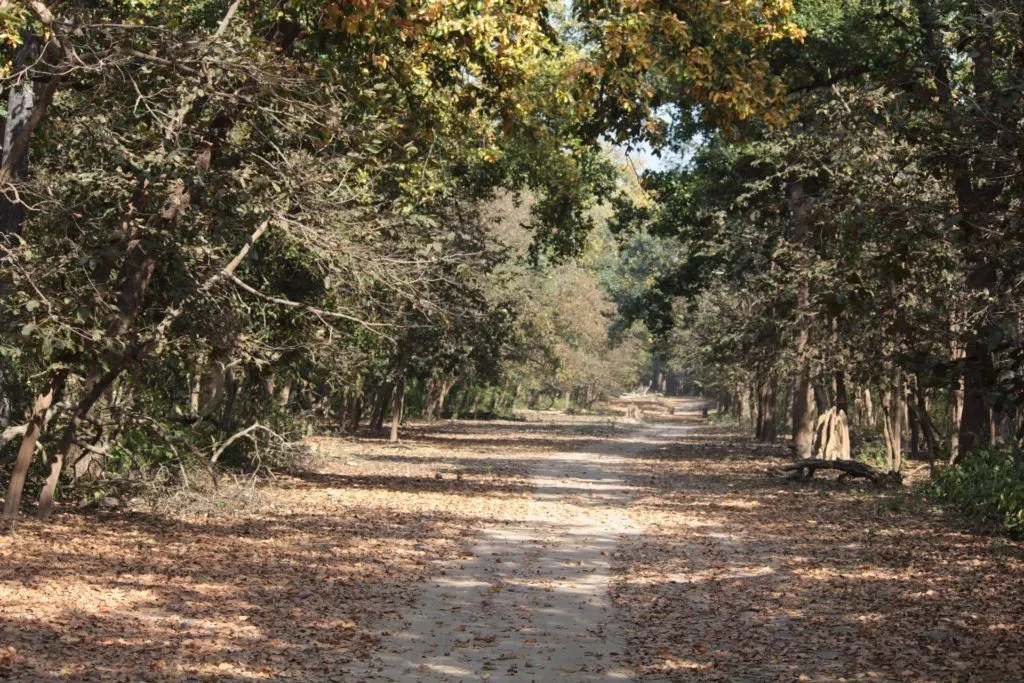
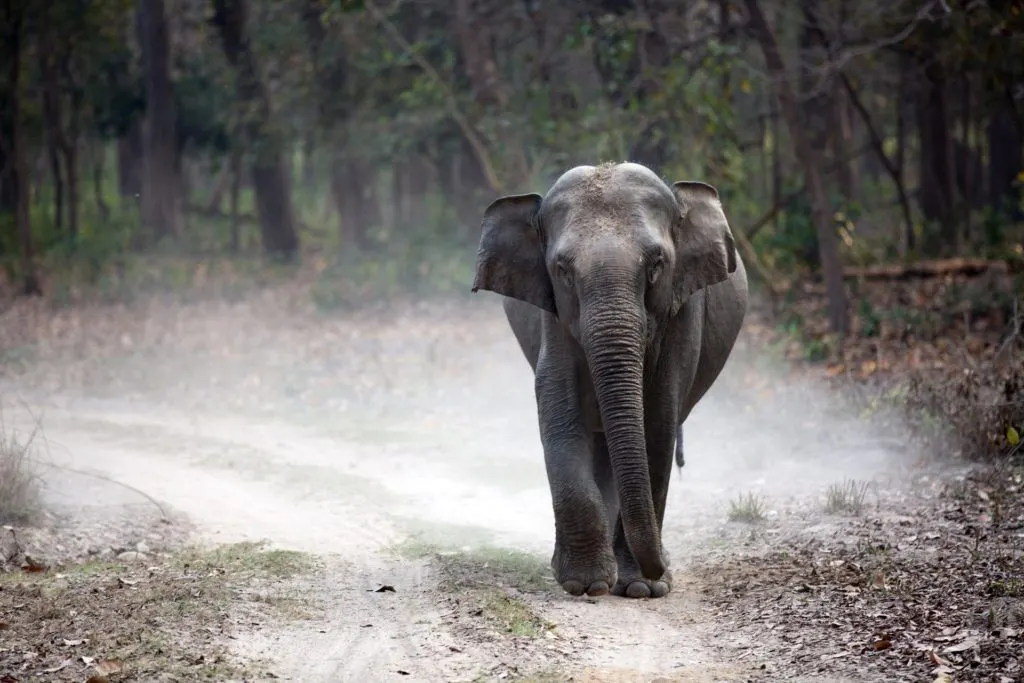
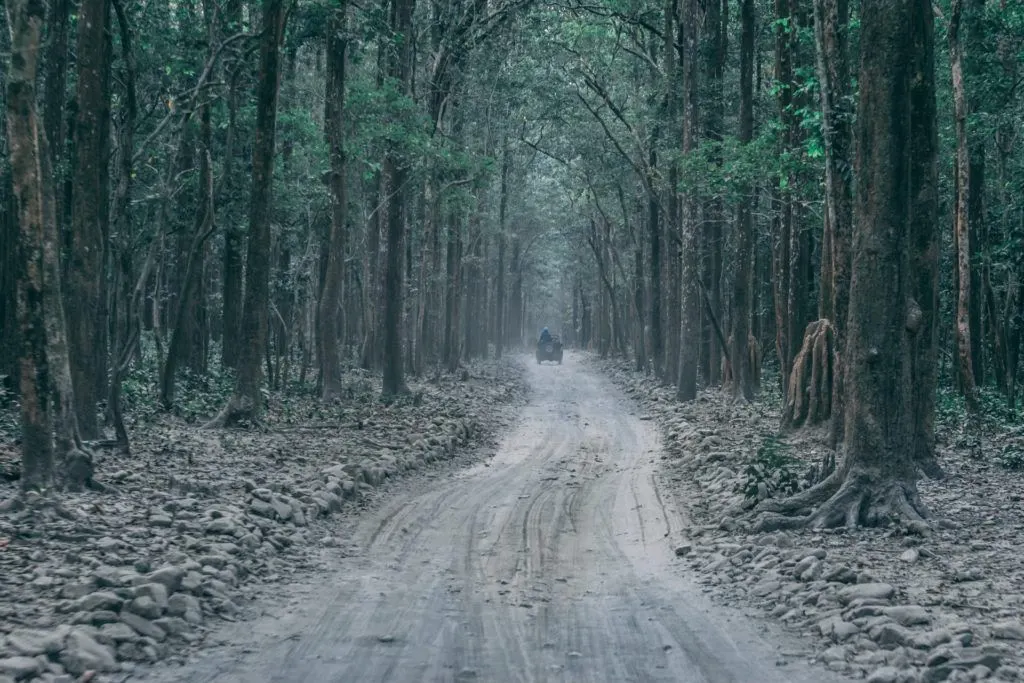
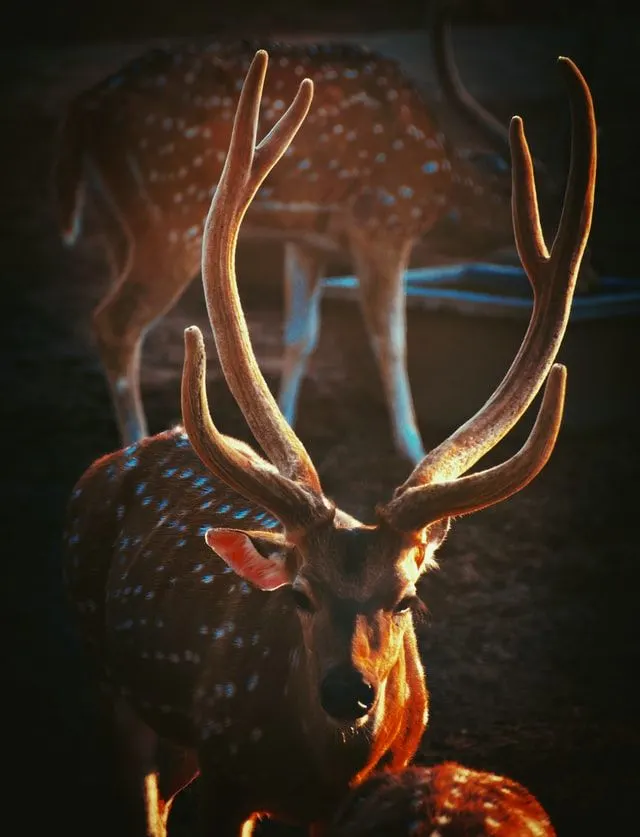
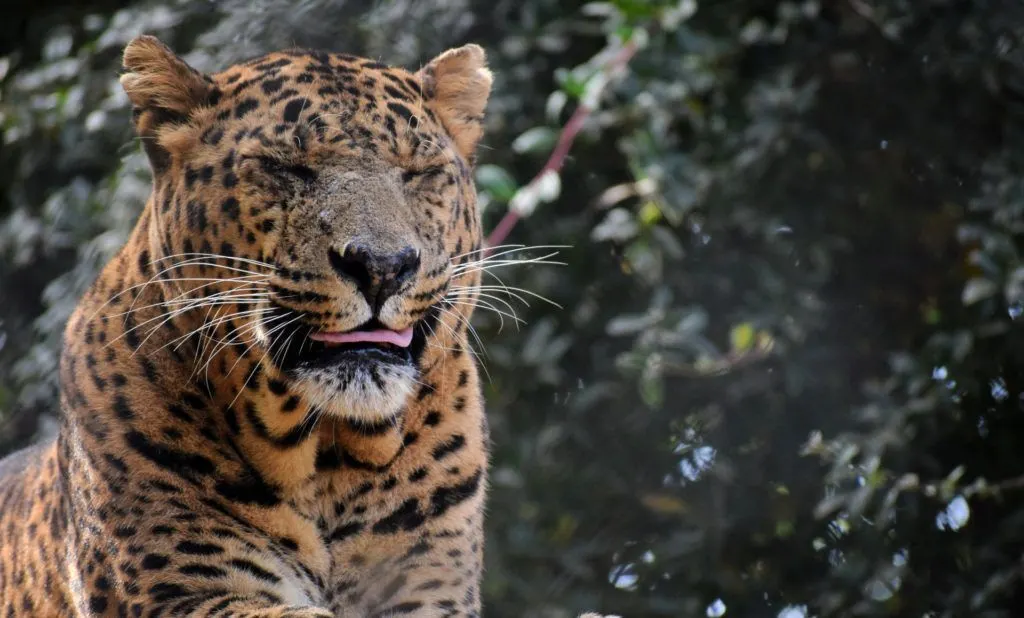
Enjoyed the article? You might be also interested in:
